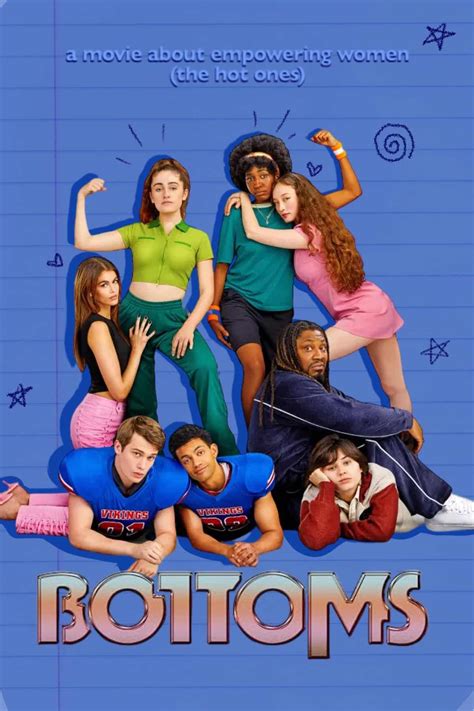2018’s Foreign Film Star: My Thoughts on Roma as the Daughter of Mexican Immigrants
February 13, 2019
When I first sat down to watch Roma with my Mexican immigrant parents, it was with an eagerness to view my parents’ Mexico. The film is set in the Mexico of the late 1960s. Both my parents were raised there during the 1970s. I knew a lot of what I would watch on the screen would be a fairly similar portrayal of their own childhoods. However, when we actually began watching the film, it was with many interjections coming from my parents.
“Wow! Do you remember that? The guys selling marionette dolls outside theaters?” “Look! I used to have a tricycle just like that one!”
Roma, directed by Alfonso Cuaron, centers around Cleo (Yalitza Aparicio), a housemaid and nanny to a well-off family, set against the political turmoil of the late 1960s in Mexico City. Classism and colorism are significant themes in the film, with Cleo being portrayed by a woman of indigenous descent, and the family passing for white. The film was nominated for multiple Academy Awards, won Golden Globes for Best Director and Best Foreign Language Film, and is a huge contender for many of this year’s Oscars on Feb. 24.
As the film progressed, I realized my parents were watching it through a different perspective than I. Their comments would come more frequently during scenes centering around the children in the film–especially the ones being tended by the Roma’s protagonist. It wasn’t until after the film that I realized their perspective came from their upbringing; my parents had grown up in more financially stable households than I, which made them fortunate enough to have nannies, summer houses and many of the luxuries portrayed in the film.
I was very surprised. While I watched, sympathizing heavily with the Cleo character, my parents sympathized with the children. Nonetheless, their experiences in America made them more aware of their privileged childhoods. When my parents praised Aparicio’s role as Cleo, they also spoke of the discrimination the actress faces from some of Mexico’s upper-class audience. Colorism is still a very real issue in Mexico, and some of Mexico’s audience dislikes films that bring the issue to center stage. After my mother told me about some rude comments she had seen about Aparicio on her Facebook timeline, she shook her head.
“I don’t understand why [people criticizing Aparicio] can’t be proud to have a Mexican woman star in such an important movie.”
Had I not viewed Roma, I wouldn’t have been aware of the political and social issues Mexico of the 60s faced and continues to face today. The fact of the matter is my exposure to films almost exclusively produced by American studios has made me ignorant about many problems happening in other countries.
“Even if the [foreign] film is a fictional film, it’s touching on issues that are relevant in that country.” said Susan Kerby, coordinator of Study Abroad and the Global Flicks film fest.
The film fest, which began Feb. 6 and is set to run until March 20, presents a great opportunity for students and staff to be exposed to foreign films. With showings at 1:30 p.m. and 7:30 p.m. every Wednesday, the event aims to allow community members the opportunity to be exposed to global issues and cultures without having to leave the country. Each film will be shown in their original language with English subtitles, and will be followed by a short discussion about the film’s themes.
Members of the College of Dupage library can also stream award-winning films and documentaries, foreign or otherwise, for free on Kanopy.
People can watch Roma in time for the Oscars on Netflix, or at select theaters in Glen Ellyn, such as the Glen Art Theatre and Pickwick Theatre.


















